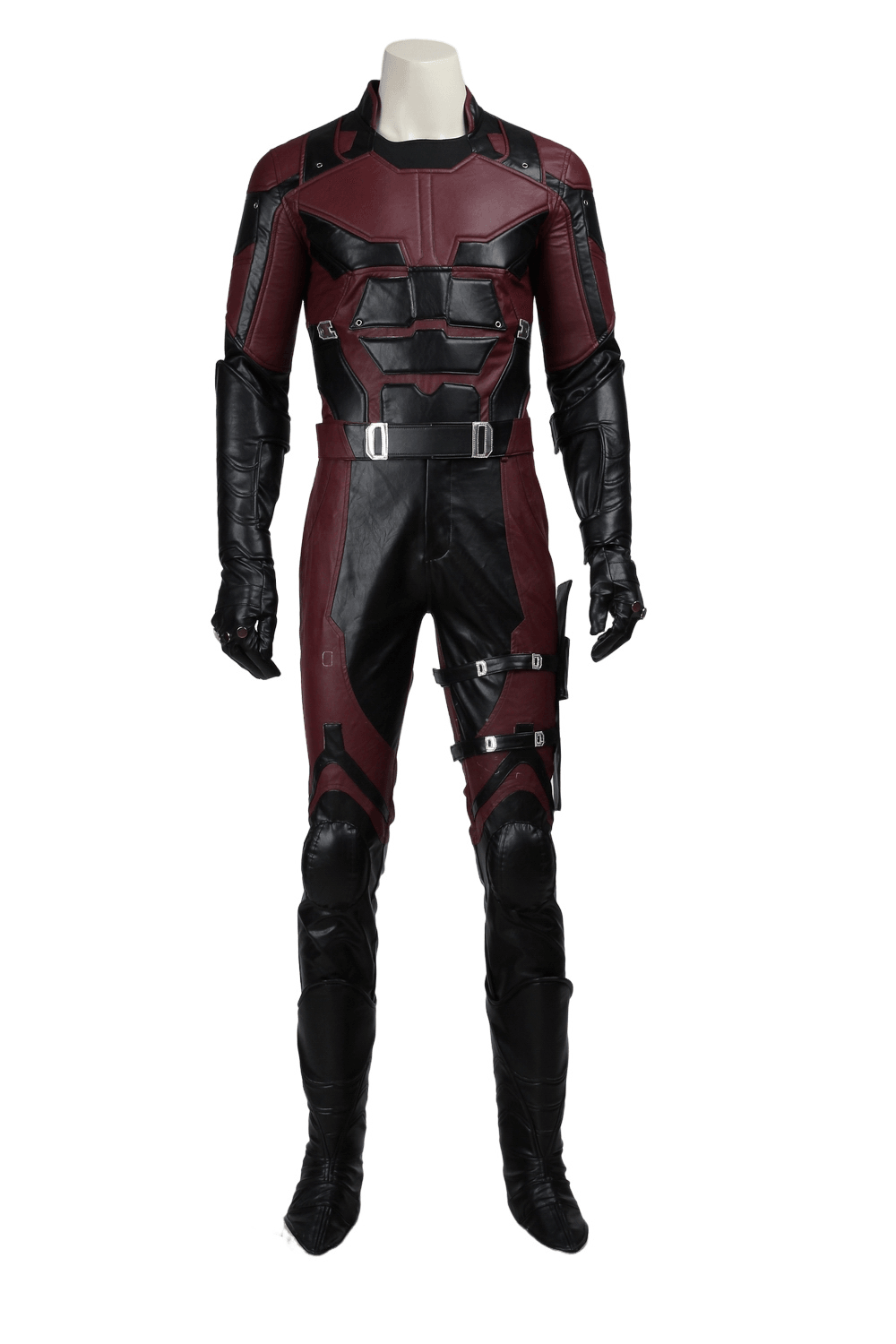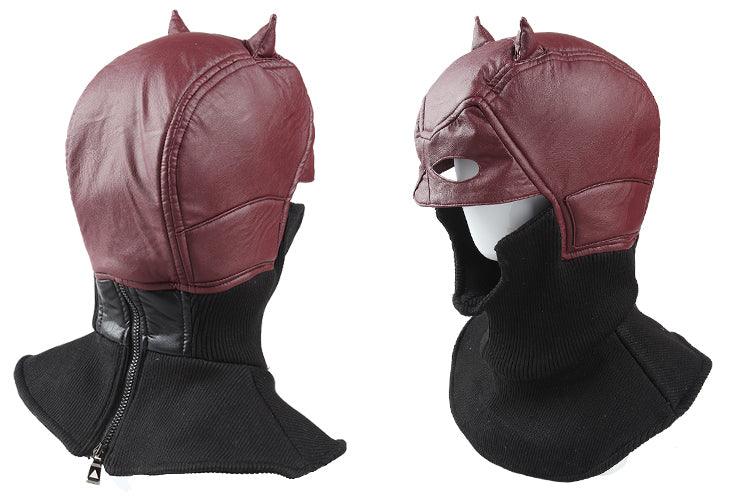Crafting cosplay armor from cardboard is an affordable and accessible way to bring your favorite characters to life. This comprehensive guide will walk you through the process of creating impressive cosplay armor using cardboard, covering everything from planning to finishing touches. By following these steps, you'll be able to create a stunning costume piece that's sure to turn heads at your next convention or cosplay event.
Planning and Design
Before diving into construction, it's crucial to plan your armor carefully:
Choose your character: Decide which specific armor you want to create. Research reference images, 3D models, and official artwork to understand the details.
Scale and measurements: Determine the scale of your armor based on your body size. Take accurate measurements to ensure the final product fits properly.
Create patterns: Develop or acquire patterns for each armor piece. You can find templates online, create your own using pepakura software, or draft them by hand.
Gather materials: In addition to cardboard, you'll need:
-
Scissors or craft knife
-
Ruler and measuring tape
-
Hot glue gun and glue sticks
-
Masking tape or painter's tape
-
Pencil for marking
-
Sandpaper (various grits)
-
Primer and paint
-
Elastic straps or velcro for attachments
Cardboard Selection and Preparation
The type of cardboard you choose can significantly impact the final result:
Corrugated cardboard: Ideal for larger, flatter pieces. It's sturdy but can be challenging to curve smoothly.
Chipboard: Thinner and more flexible, great for curved pieces or detailed work.
Preparation:
-
Remove any labels or tape from the cardboard
-
If using corrugated cardboard, decide which direction the corrugation should run for optimal strength
-
For smoother surfaces, consider covering the cardboard with paper mache or a thin layer of craft foam
Basic Construction Techniques
Cutting: Use a sharp craft knife or scissors to cut out your pattern pieces. For straight lines, use a metal ruler as a guide.
Shaping: To create curves, score the cardboard (without cutting all the way through) and gently bend it. For sharper bends, cut partway through the cardboard.
Joining pieces: Use hot glue for quick, strong bonds. For added strength, reinforce joints with masking tape.
Layering: Build up thickness and detail by gluing multiple layers of cardboard together.
Creating Specific Armor Pieces
Chest Plate
-
Start with a basic front and back piece based on your torso measurements.
-
Add depth by attaching curved side pieces.
-
Build up details like abs or pectoral definition using smaller cardboard pieces.
-
Create shoulder straps and side closures for a secure fit.
Pauldrons (Shoulder Armor)
-
Cut out a basic dome shape for the top of the shoulder.
-
Add layers to create the desired thickness and shape.
-
Attach additional pieces for spikes or other decorative elements.
-
Create a curved piece to wrap under the arm for stability.
Gauntlets
-
Make a tube shape to fit your forearm.
-
Cut and shape pieces for the hand and fingers.
-
Add details like knuckle guards or wrist flares.
-
Include a slit or elastic on the underside for easy removal.
Greaves (Shin Guards)
-
Create a curved piece to fit the front of your leg from knee to ankle.
-
Add side pieces for a wrap-around fit.
-
Include straps or elastic at the top and bottom for secure attachment.
Helmet
-
Start with a basic skull cap shape.
-
Build up the sides, back, and face area.
-
Add details like horns, crests, or visors as needed.
-
Include padding on the inside for comfort.
Detailing and Reinforcement
To add strength and detail to your cardboard armor:
-
Use paper mache to smooth out surfaces and add strength.
-
Create texture by gluing on additional cardboard pieces or using textured spray paint.
-
Reinforce stress points with additional layers of cardboard or tape.
-
For pieces that need to flex, consider using fabric or leather hinges.
Painting and Finishing
Proper finishing can transform your cardboard creation into a professional-looking piece:
-
Sand any rough edges or surfaces.
-
Apply a coat of primer to seal the cardboard and provide a uniform base.
-
Paint your armor using spray paint or acrylics. Consider using metallic paints for a realistic armor look.
-
Add weathering effects with dry brushing or washes to give depth and realism.
-
Seal your paint job with a clear coat to protect it and enhance durability.
Attachment Methods
To make your armor wearable:
-
Use elastic straps or velcro to create adjustable closures.
-
Consider using buckles or snaps for a more authentic look.
-
Attach pieces to a base layer (like a tight-fitting shirt or bodysuit) for easier wearing.
Tips for Success
-
Work in a well-ventilated area, especially when using glue or paint.
-
Test fit your armor frequently throughout the construction process.
-
Be patient and allow adequate drying time between steps.
-
Don't be afraid to experiment with different techniques or materials to achieve the desired effect.
Enhancing Your Cardboard Armor
To take your cardboard armor to the next level, consider these advanced techniques:
LED Lighting: Incorporate LED strips or individual lights to add glowing effects to your armor. This can be particularly effective for sci-fi or fantasy-themed costumes.
Fabric Integration: Combine your cardboard armor with fabric elements for a more complex and realistic look. This can include adding a cape, tabard, or undersuit.
Weathering Techniques: Use various painting and aging techniques to give your armor a battle-worn appearance. This can include dry brushing, stippling, and adding rust or dirt effects.
3D Printed Accents: If you have access to a 3D printer, consider printing small detailed pieces to enhance your cardboard base.
Caring for Your Cardboard Armor
To ensure your creation lasts:
-
Store in a cool, dry place to prevent warping or mold.
-
Use a soft brush or cloth to gently clean the surface.
-
Avoid exposure to water or excessive humidity.
-
Touch up paint as needed to maintain appearance.
Inspiration and Resources
For additional ideas and support, consider exploring cosplay communities and resources:
-
CrazeCosplay.com: This website offers a wealth of information on cosplay techniques, including tutorials specific to armor creation. They also provide cosplay supplies and ready-made costumes for inspiration.
-
Online forums and social media groups dedicated to cosplay and prop making.
-
Video tutorials on platforms like YouTube, which can provide visual guidance for specific techniques.
Conclusion
Creating cosplay armor from cardboard is a rewarding and cost-effective way to bring your favorite characters to life. With patience, creativity, and the techniques outlined in this guide, you can craft impressive armor pieces that rival more expensive materials. Remember that practice makes perfect, and each project will help you refine your skills.
As you embark on your cardboard armor journey, don't be afraid to experiment and put your own spin on designs. The beauty of cosplay lies in personal interpretation and the joy of the creative process. Whether you're crafting a full suit of medieval plate armor or a futuristic space marine outfit, the possibilities are limited only by your imagination.
By utilizing resources like CrazeCosplay.com and engaging with the cosplay community, you'll find endless inspiration and support for your projects. So gather your cardboard, fire up your glue gun, and start bringing your cosplay dreams to life!







